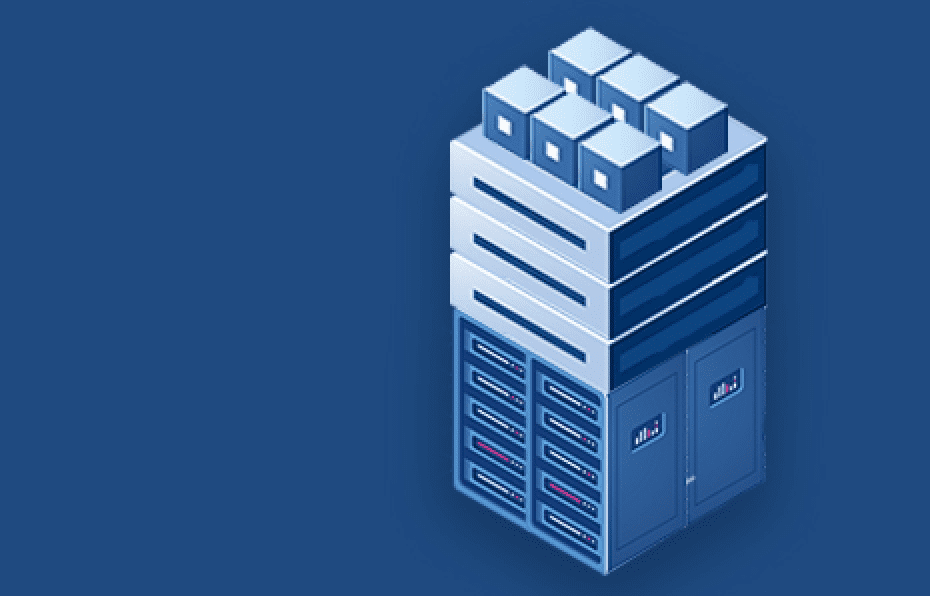In recent decades, technology has been advancing at a rapid pace, constantly introducing new solutions and systems. Among these innovations, hyper-converged infrastructure (HCI) stands out as a promising technology that integrates storage, computing, and networking into a single, cohesive system.
HCI has been gaining popularity rapidly in recent years as businesses recognize the advantages it brings. In this article, we will delve into the benefits of adopting a hyper-converged IT infrastructure and why it is becoming the preferred choice for many enterprises.
Understanding Hyper-Converged Infrastructure
Hyper-converged infrastructure is a modern IT setup that combines computing power, storage, and networking into a unified system. It offers a modular, software-defined approach to managing data center resources, simplifying tasks like provisioning, management, and scalability.
The key components of HCI include a hypervisor for virtualization, as well as storage and networking elements that seamlessly collaborate to deliver a unified user experience.
Benefits of Embracing Hyper-Converged IT Infrastructure:
Simplified Management: HCI excels in simplifying management tasks. Traditional IT infrastructure often demands specialized teams to oversee different components, which can be costly and time-intensive. HCI eliminates this need for specialized teams and empowers IT administrators to oversee all infrastructure components from a single management console.
Scalability: HCI boasts high scalability, effortlessly accommodating changing business needs. Its modular design allows for the addition of new nodes to the infrastructure without disrupting ongoing operations. Consequently, businesses can swiftly and smoothly scale their IT infrastructure as resource demands grow.
Enhanced Performance: Traditional setups often encounter performance bottlenecks that can hinder user experiences. HCI, on the other hand, provides an optimized system designed for high performance and low latency.
Robust Data Protection: Data protection is a paramount concern for IT infrastructure, and HCI addresses this issue effectively. Firstly, HCI includes built-in data protection features such as replication and backup, safeguarding data from loss or corruption. Secondly, it enables businesses to implement disaster recovery solutions that offer near-instant recovery times in case of a disaster.
Cost Savings: HCI also contributes to cost savings by reducing the need for specialized IT teams, simplifying management, and providing a highly scalable infrastructure that can expand as required. Additionally, it can help reduce hardware costs as it requires less hardware compared to traditional IT infrastructure.
Flexibility: HCI offers extensive flexibility, allowing businesses to tailor the infrastructure to their specific needs. Its software-defined approach empowers businesses to select the components they require, creating a customized infrastructure that aligns with their unique requirements.
Improved User Experience:By consolidating storage, computing, and networking into a single system, HCI eliminates the need for users to manage multiple interfaces and systems. This simplifies resource access for users.
Furthermore, HCI enables businesses to deploy virtual desktop infrastructure (VDI) to facilitate remote work, which has become increasingly important in the current work environment due to the COVID-19 pandemic. With HCI, businesses can easily provide remote access to desktops and applications, enabling employees to work from anywhere, at any time.
In Conclusion
Hyper-converged infrastructure offers a plethora of benefits for businesses, ranging from simplified management to enhanced performance and robust data protection. It is a highly scalable and flexible solution that can be tailored to meet the unique needs of any business. By adopting HCI, businesses can reduce costs, improve the user experience, and streamline IT infrastructure management.
As technology continues to evolve, businesses must stay ahead of the curve to remain competitive. Hyper-converged infrastructure offers a solution designed to meet the demands of today’s modern business environment. Therefore, businesses should consider adopting HCI as a means of enhancing their IT infrastructure and staying ahead of the competition.
For more information, don’t hesitate to contact Digiboost, and we’ll be happy to assist you with this service.







